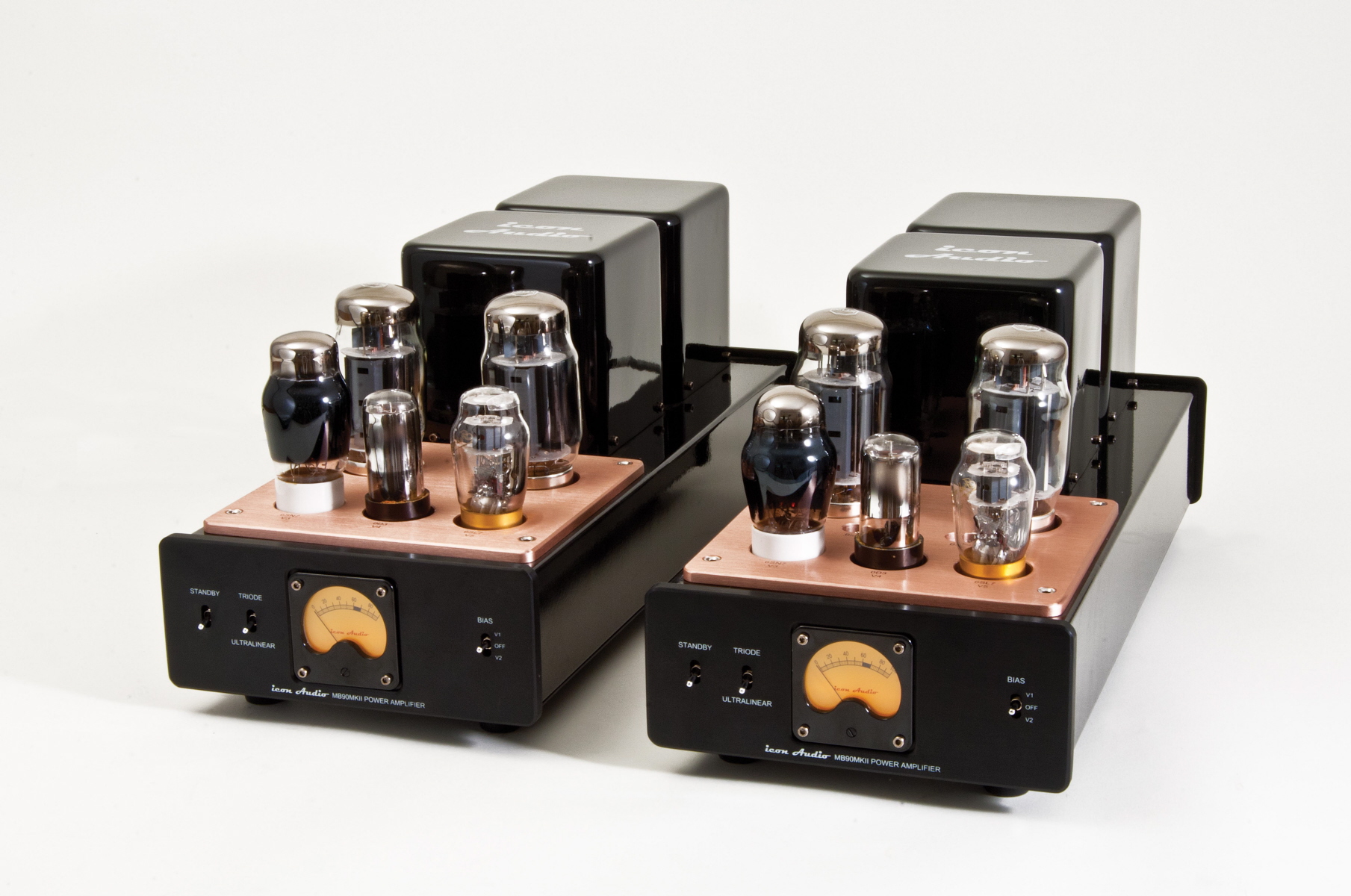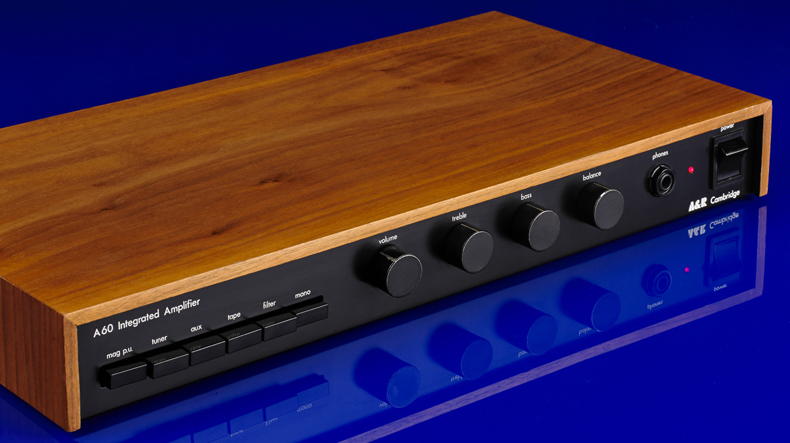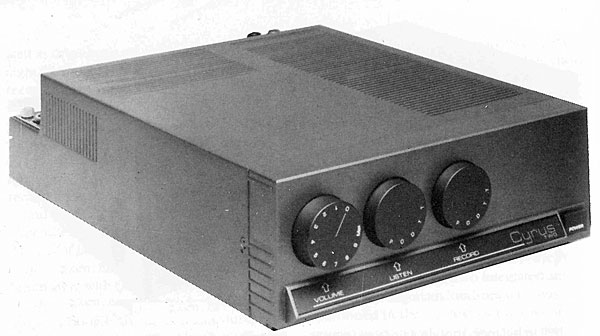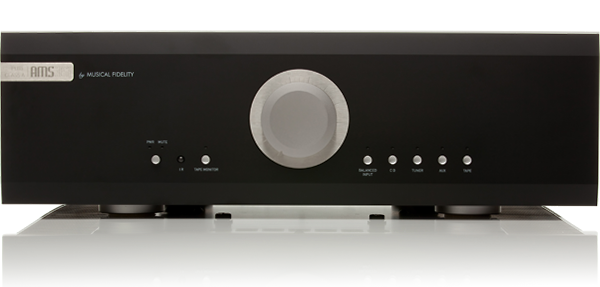Tube amplification was viewed as an extreme niche in hi-fi in the late 1990s, similar to how most petrolheads thought of kit cars (i.e. “interesting, but not for me”). So maybe it’s a sign of the times that we’re suddenly getting more new valve items than transistor products. Icon Audio happened to be in the right place at the right moment, but that doesn’t mean its creator David Shaw was fortunate. Rather, he saw the transition back to tubes and decided to go for it. Rather from creating specialized devices like AudioNote’s multi-thousand-pound Ongaku, David did the exact opposite and created a shockingly accessible line of gear.
Shaw makes no secret of the fact that his amplifier designs are based on classic circuits, because as any tube lover knows, there are only a limited amount of ways to execute what are basically simple, easy topologies, unlike solid-state. When it comes to valve amplifiers, the implementation is more important than the circuit itself (which is often general). To make an average amp into an outstanding one, high-quality wiring, passive components, power supply, and output transformers are required — and then there’s the quality of the tubes themselves.
The MB90 monoblocks, which were introduced in 2008, are a three-stage design with a front end based on the legendary Leak Stereo 20, 50, and 60 series. Icon has chosen a pair of older and larger 6SL7 and 6SN7 driver valves from the early 1940s, which are known for their deeper tone and extended life. Designer David Shaw adds ceramic valve holders, silver Teflon audio cable, hardwired audio components including Polypropylene audio capacitors, 2W metal film and wire-wound resistors, special low-oxygen copper wire wound Japanese EI transformers, and a beefy choke controlled power supply to the mix.
The KT90 is used in the amplifier’s output stage, which is a more recent descendant of the GEC KT88, which is unquestionably one of the most widely used hi-fi power valves. It has two modes of operation: ultralinear (generating a claimed 100W) and triode (producing a claimed 50W), giving it the ability to act as “two amplifiers in one,” as Icon Audio puts it. The power supply has been given special care, with eight huge capacitors and a large choke in a conventional ‘Pi’ design. This is said to result in an extremely low source impedance and a huge power reserve that can handle large transients without clipping. The MB90 is advertised to function with both passive and conventional preamplifiers, and I used an MF Audio Silver Passive.
In this regard, the monoblocks themselves are very well polished, giving little away to Quad, for example. Each one is well built, weighing in at roughly 25kg each, and the casing has no rough edges. The ‘sparkle’ paint finish is fantastic, and the 20mm thick front panel gives it a substantial feel. I’m not a fan of the provided steel-trimmed Perspex valve covers, which are a little tacky – the tube amp equivalent of large wheels and blacked-out window glass on a car – but they can be removed.
The fascia also contains a ‘warm up/standby’ rocker in addition to the ultralinear/triode mode button. This, according to the manufacturer, prevents valve cathode stripping during startup and allows the amplifier to run on low power for longer periods of time without wasting electricity. In actuality, it’s a nice ‘middle ground’ between running the amp at full whack and not burning out the valves by constantly flipping them on and off. Each MB90 consumes 38W when in standby mode, which is significantly less than when it is turned on (88-200W apiece). I found it best to put the amps on standby for a few minutes before listening in anger, then fully power them up a minute or two before listening in anger. The standby mode came in handy when you needed to answer the phone, take a break for meals, or answer the door.
I was blown away by how well they handled the challenge, especially given the sub-£1,700 selling price. Starting with Peter Gabriel’s Solsbury Hill, I could hear a clean and muscular modern tube power amplifier via the MB90s in ultralinear mode. The Icon Audios proved to be totally modern monoblocks, lacking none of the softness, coloration, or warmth that many still associate with the breed. The introductory guitar figure was crisply portrayed, and once the percussion kicked in, I was greeted by a wide and vivid soundstage that was brimming with excitement. Although the bass wasn’t the tightest or tautest I’ve heard from tubes, it was more than capable of playing a tune and expanding the woofers of my loudspeakers by significant amounts — it was certainly forceful and relentless. The vocals were also clear, with this vintage 1977 recording proving to be excellent even by today’s standards.
Moving on to a more difficult track, Stevie Nicks’ Room’s on Fire, I detected a hint of roughness in the upper midband, despite the song’s enormous dynamic power. The closely miked 4/4 rock percussion work seemed to suit the MB90s, who pushed the song forward with vigor. Snares were satisfyingly loud and muscular, while cymbals glistened with detail but lacked ambience, making everything sound processed from the upper midband onwards. I switched to triode mode since I felt the MB90s could do better. While the Icon Audio monoblocks’ relentless, adrenaline-fueled enthusiasm was gone, we were left with subtlety, transparency, and elegance. Those gritty cymbals took on a velveteen purity, becoming smoother while also becoming more atmospheric. Nicks’ vocals became more refined, sounding less like Rod Stewart and more like Judie Tzuke. The snares lost a little edge and bite, but they were timed in a lot more natural way; it suddenly felt like a musician with feeling was smashing the sticks rather than a session man following a click-track.
Indeed, the switch to triode had a significant impact across the board. The midband and treble sweetened and opened up, as expected, but the bass took on a new life of its own, becoming softer, looser, and less muscular. To adjust for this, I increased the volume on the preamp slightly, and it worked perfectly with no noticeable extra strain. Even yet, it was evident that the MB90s had sacrificed some ‘lung capacity’ in favor of a more musical sound. I actually prefer it this way, believing that what you lose on the swings is more than made up for on the roundabouts.
For example, Jean Michel Jarre’s Oxygene went from sounding like impressive hi-fi to a truly enrapturing experience. Yes, the bass was softer and looser, but it was also more tuneful by orders of magnitude, and this was true all the way up the frequency spectrum. JMJ’s vintage keyboards had lovely tone details and a beautifully wide and rich recorded acoustic. The music flowed rhythmically, demonstrating ‘the magic of valves’ to full effect. Switching to ultralinear mode, on the other hand, provided the MB90s a significantly more brawny sound, with loads of robust bass, more defined dynamic crescendos, and an air of confidence that the triode mode lacked.
After the first few hours, I discovered that I spent almost all of my listening time in triode mode and never switched back. The Icon Audio MB90s became a genuinely pleasurable musical tool after being properly broken in and warmed up. Their great strength is how clean and open they sound when properly set up, run in, warmed through, and with the resonance valve covers removed – especially when contrasted to the fuzzy Class AB solid-state designs that dominate this price range.







